Best camping places in Hue
Mentioning Hue city, most tourists directly think about exploring local cuisine and visiting the cultural monuments. However, there are lot more to do in Hue aside from those.
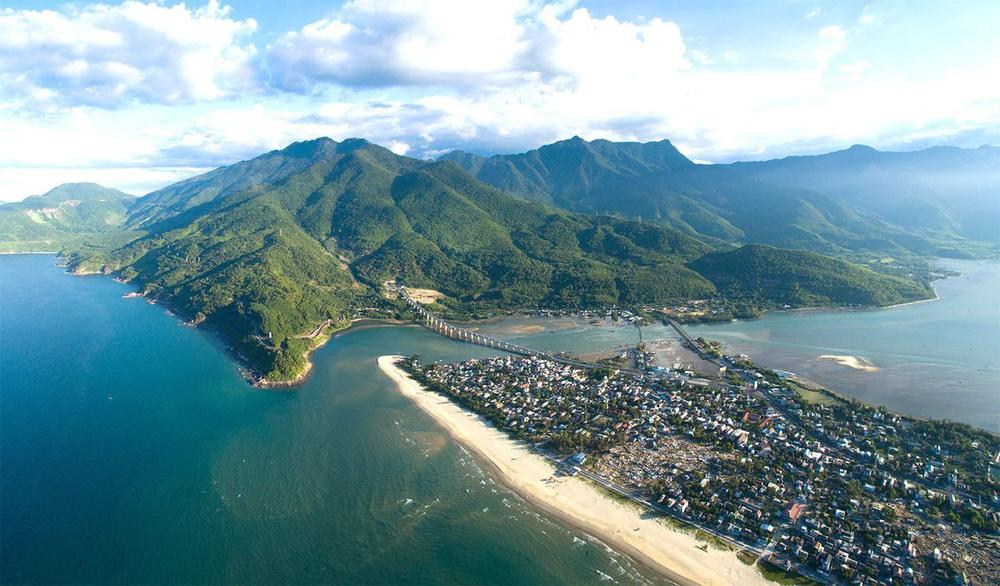
The awesome choices of activities are to enjoy the poetic nature of the city, go camping, hiking, paddling, swimming, floating, and whatever things you want to do.
Because Hue is bled with a gentle and fertile river across the city, the system of hills and mountains in the west, and a large area of plain ground for habitation, the choices of camping sites are abundant. However, to guarantee the safety and enjoyment of the trip, make sure that you do your research and get well-prepared!
Here are some spotlights for camping in Hue and some notices once you decide to get there

Son Tho Mountain Lake
This location is the nearest to the city compared to others on the list. This place is a natural mountain lake, but later on, people utilized it for irrigation. The lake is about 20km away from the city, which takes around 40 mins of driving or riding by motorbike. Still, this spot is almost untouched and located far enough from the noise of the city light, which will ensure a stargazing experience.
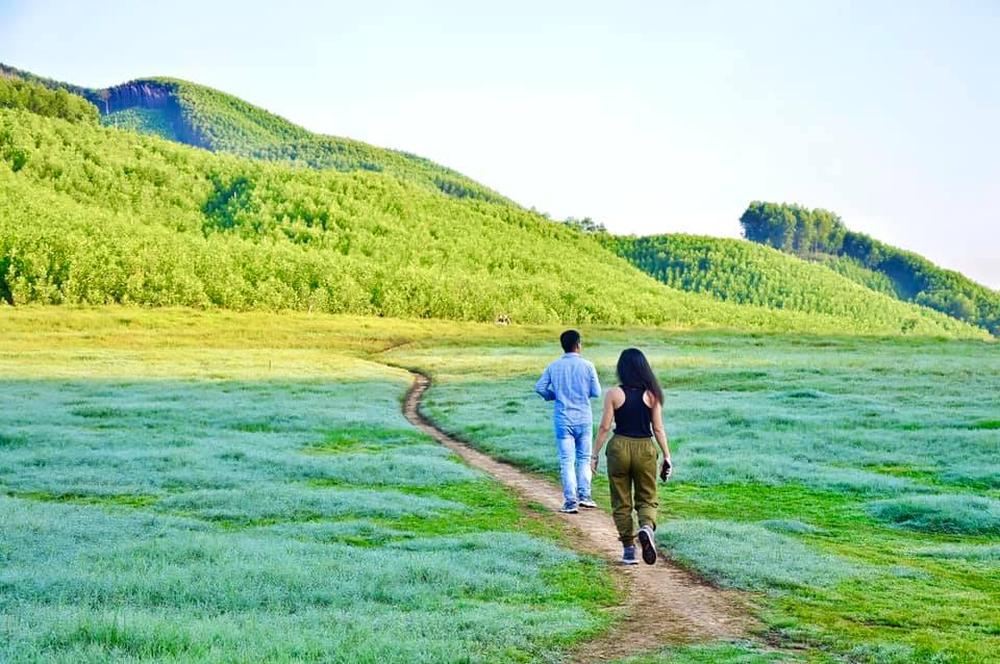
There are two periods, the dry and the water season, to camp here. While people often prefer the dry season, which is around the spring and summer (from March to August), the water season comes with more pleasant temperatures and water activities, such as paddling.
The high-water season involves water activities, such as sailing, moving boats, or fishing. During the dry season, the water level drops very low; the lake turns into a vast plateau with a bed of long green grass. You can run, drive, roll and even fly kites there.
Motorbikes and cars can access this place during the dry season. However, in the wet one, you must park your car and walk to the camping ground. There is no facility inside the lake, so you must bring all the camping accessories, drinking water, and food.
The best time to camp here is from the late afternoon till the following day to avoid the harsh and direct sunlight.
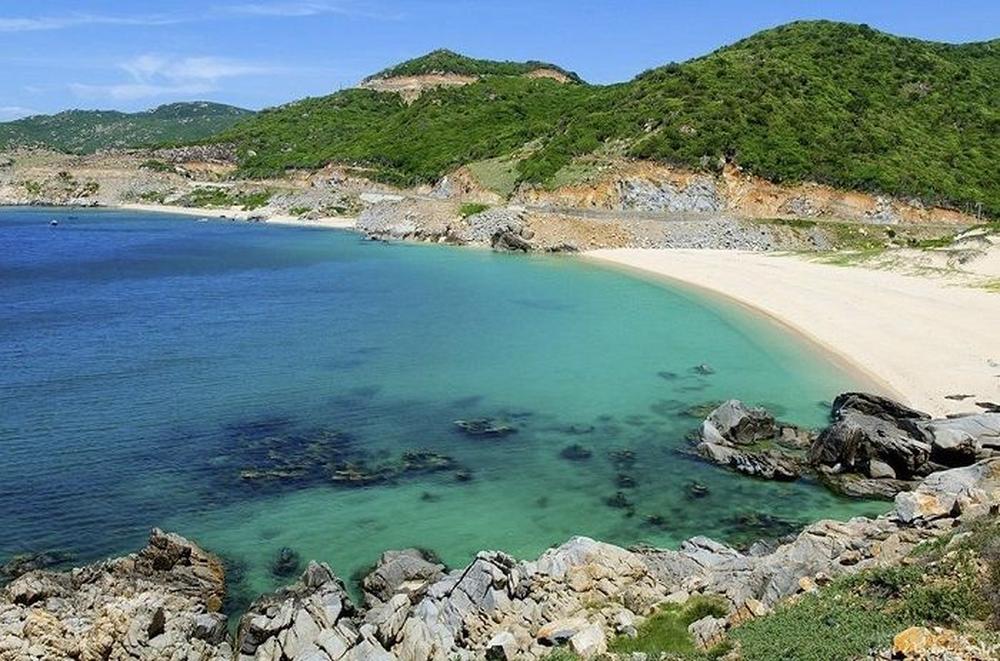
Ham Rong Beach
The name ‘Ham Rong’ means ‘the jaw of the dragon,’ which bases on the natural reef of black stones running across the beach. Getting to this beach takes about an hour of traveling by motorbike or car for the length of 45 km. However, this place is worth that much effort due to its unspoiltness and charm—double the distance to Son Tho Lake.
The beach has a system of black stone reaching out to the water, which is a natural wind fence making it a perfect spot for camping. The back of the beach is Linh Thai mountain, an ideal place for a light trek to get a panoramic view of the beach below. Linh Thai is also a refugee because of unexpected high tides or rough seas. The remote location of Ham Rong makes it a quiet and undisturbed place for having wild beach parties without being afraid to disturb the neighborhood.
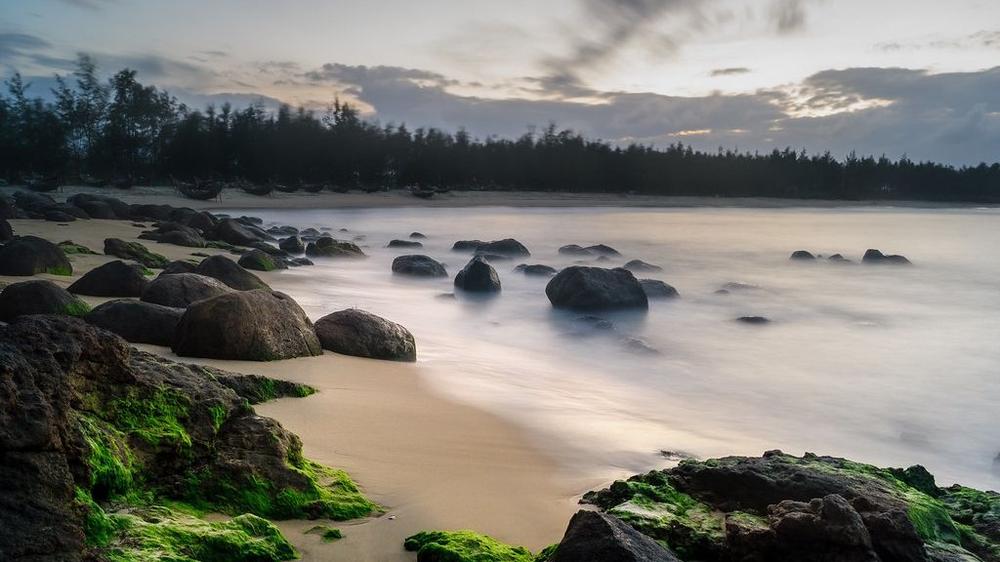
There are two ways to reach the destination from the center. The first and shorter way is via Nguyen Tat Thanh street, make a left turn to DT2 road, once meet the 48B road, turn right and go to the beach. Although the first half of the route via Nguyen Tat Thanh is a bit boring because of the highway with big trucks and high traffic, the second half passed DT2, crossing a vast area of rice paddy fields, is an eye-pleasing one.
The second route to the destination is via the system of DT roads, crossing the patty fields and outskirt villages, which is about 15 more minutes of traveling but way more fun than the first one.
There is a village with a morning local market (approximately 5km nearby) and small groceries for shopping for food, fruits, drinks, and snacks. But it’s still best to prepare enough food and drinks head up due to the limited choices in the nearby area. Remember to check the weather condition beforehand and well-prepared your camping equipment.
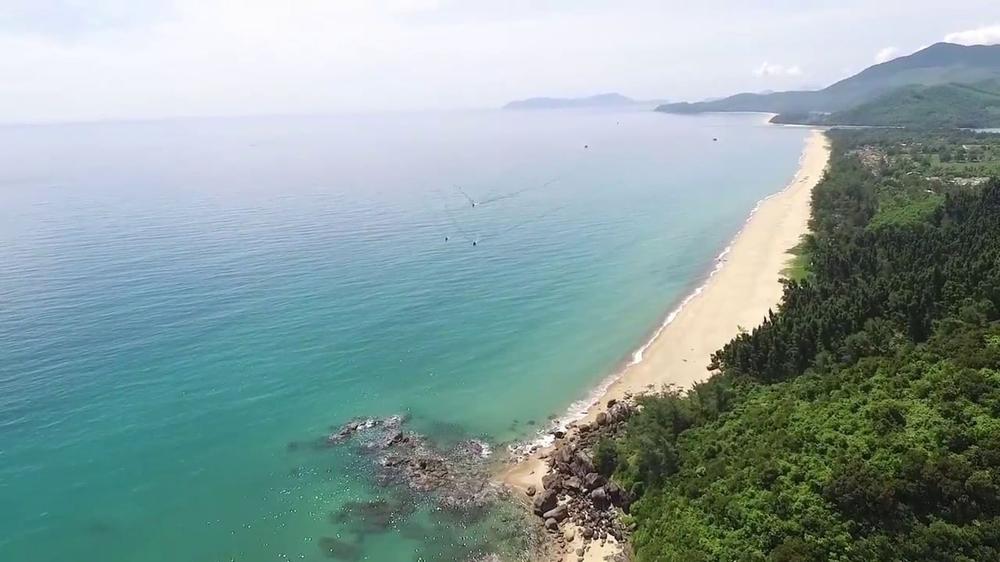
Bai Chuoi Beach - Banana Beach or Summer Scenes
For those who love trekking and seeking private places for camping, Bai Chuoi beach is the top choice. This spot is a hidden gem in the legendary pass, Hai Van. About 80 km from Hue city center and around 30 km from Da Nang city center, Bai Chuoi can be accessed from the Hai Van Pass.
The beach is located between two high cliffs on the reef of Annamite Range (a significant mountain range of eastern Indochina, reaching about 1.100 km via Laos, Vietnam, and northeast Cambodia), where it encounters the South Seas. Thus, this location is relatively isolated and requires passing a 7km of trekking trail. However, the way is filled with stunning high-point scenes, abundant natural life, and cinematic settings of the train bridge in the middle of nowhere.
The activities to enjoy here are hiking, picnicking, camping, fishing, and getting to the peak of the nearby cliff to have the best sunrise view. There is a nearby spring running down from the Hai Van Pass.
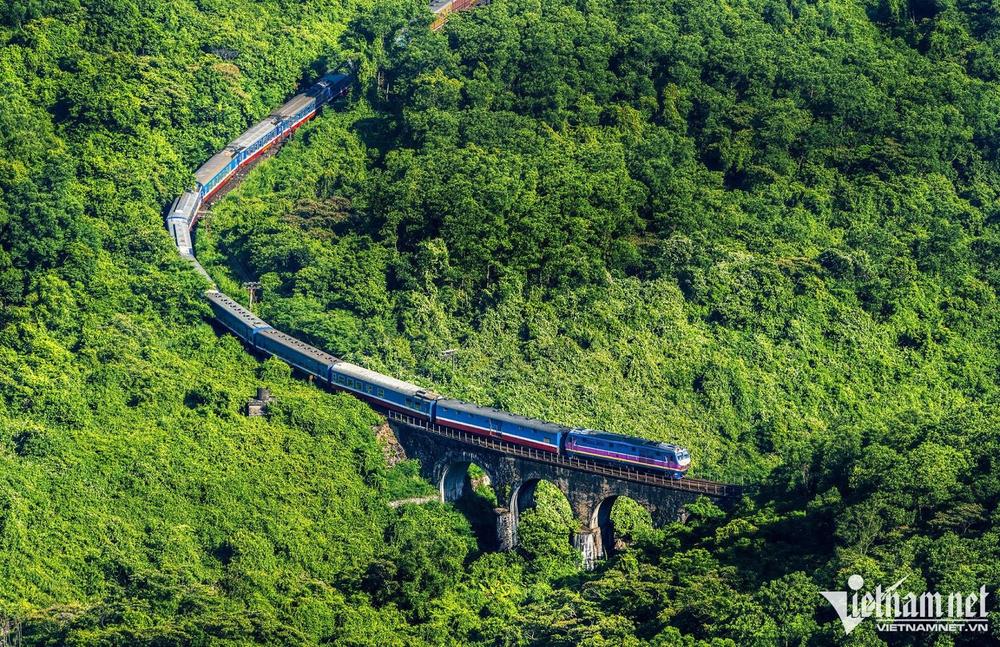
To access this place, you need to notice the sign signaling Deo Chuoi (Banana Pass) on the first hairpin turn, 500m down from the Hai Van Pass peak (on Hue’s side). You then follow that small road for around five more kilometers.
Keep riding till the end of the asphalt road, park your vehicle in the parking site of local houses (pick one with yellow walls), follow the direction the locals show you, and trek down about 7kms on the small trail leading to the Hai van’s Railway. Once meeting the Railway, follow the old paths of locals for a short while, you will then spot the slope that leads to Banana Beach.
Note that you must carry camping equipment, food, and drinks because those are not provided there. Besides, check the weather condition carefully to ensure safe trekking and camping trips. Lastly, be prepared for both physical and mental conditions for the one-hour trek in the mountain.
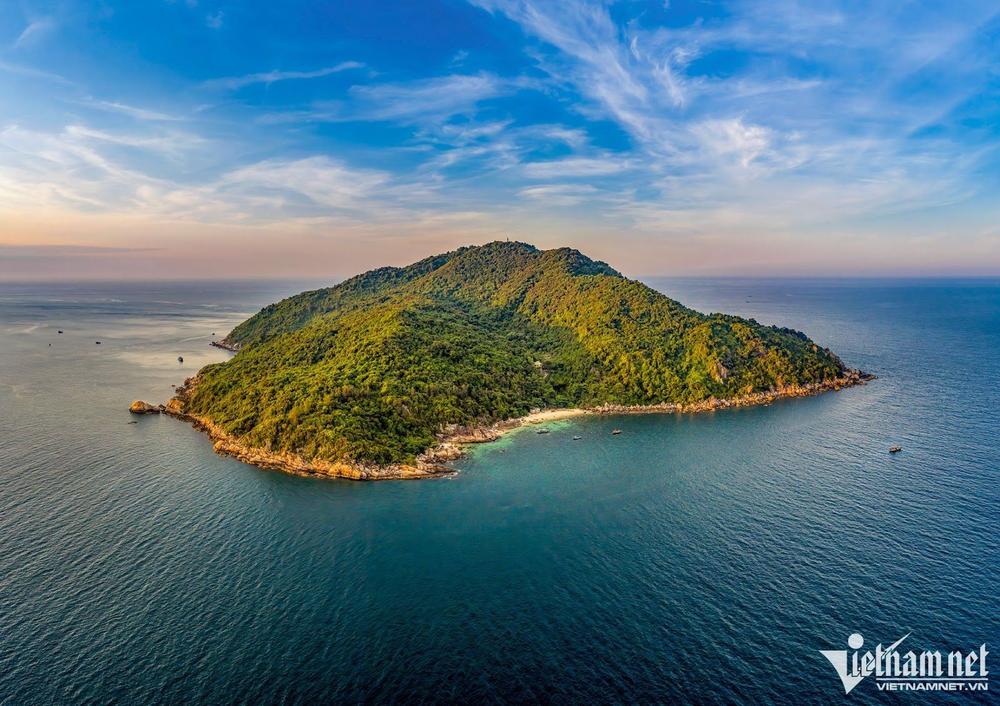
Son Cha Island
This is an island located in the sea area of Hue, 1 km away from the peak of Hai Van Pass.
The island rises 235m above the sea and expands about 6000 square meters for a diverse sea ecosystem of coral reefs and marine life. Son Cha can only be accessed by canoes or boats from Lang Co Bay, near Hai Van Pass of Hue city. It took about 40 minutes to one hour of voyage traveling to reach the island, so make sure to prepare ahead if you are seasick.
From Hue city to Lang Co Bay, on-land transportation takes about one and a half hours. The choice of vehicle could be Bus number 07 of Hoang Duc Transportation from the Northern Bus Station Hue (you can find the bus information here) or by Taxi with the price of around 550.000 VND, or even travel by motorbike. Note that if you travel by rental motorbike, check the vehicle’s condition and fuel level carefully because you will have to travel more than 60 km.
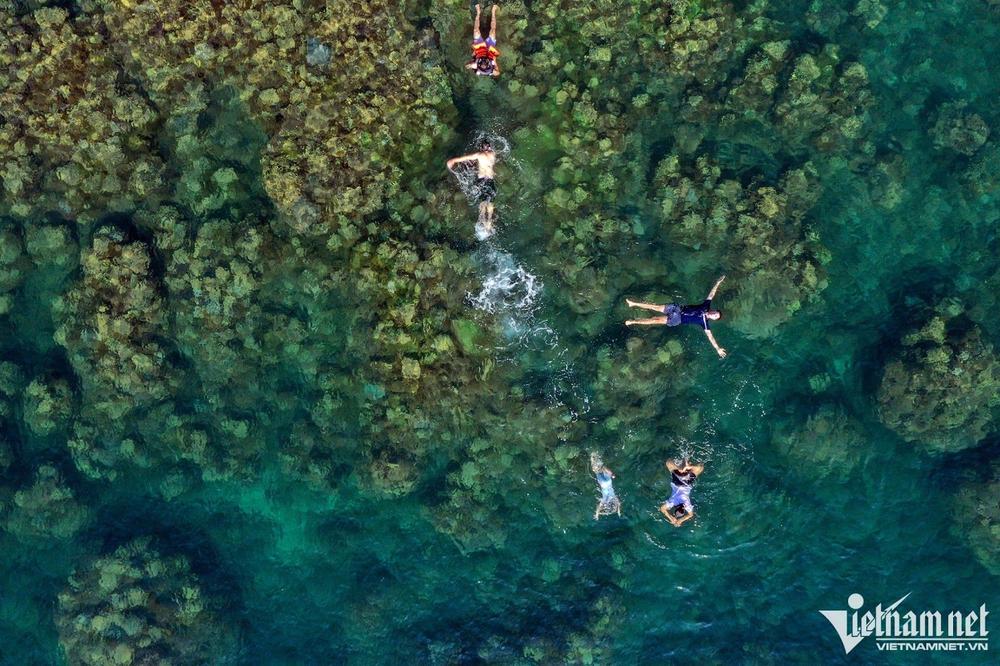
The recommended traveling time here is during the late spring to summer in June, July, and August when the weather is dry, and the sea stays clear and calm. During this season, the water is clearest for coral watching or any snorkeling and diving activities. The ideal duration for your trip is two days and one night, so you will have enough time for exploring, trekking, and camping on Son Cha Island.

Note that there are no vehicles for rent on the island, so you have to walk to explore the area. No habitats are here too, so prepare yourself with enough camping equipment, food, and drinks. You should fully charge your electronic devices and bring power banks if necessary. There is a border guard station on the island; you can also ask to stay here if camping on the beach is impossible.
I hope this article will benefit you in planning your trip to Hue. And no matter which destination you choose to camp at, have a good one!
